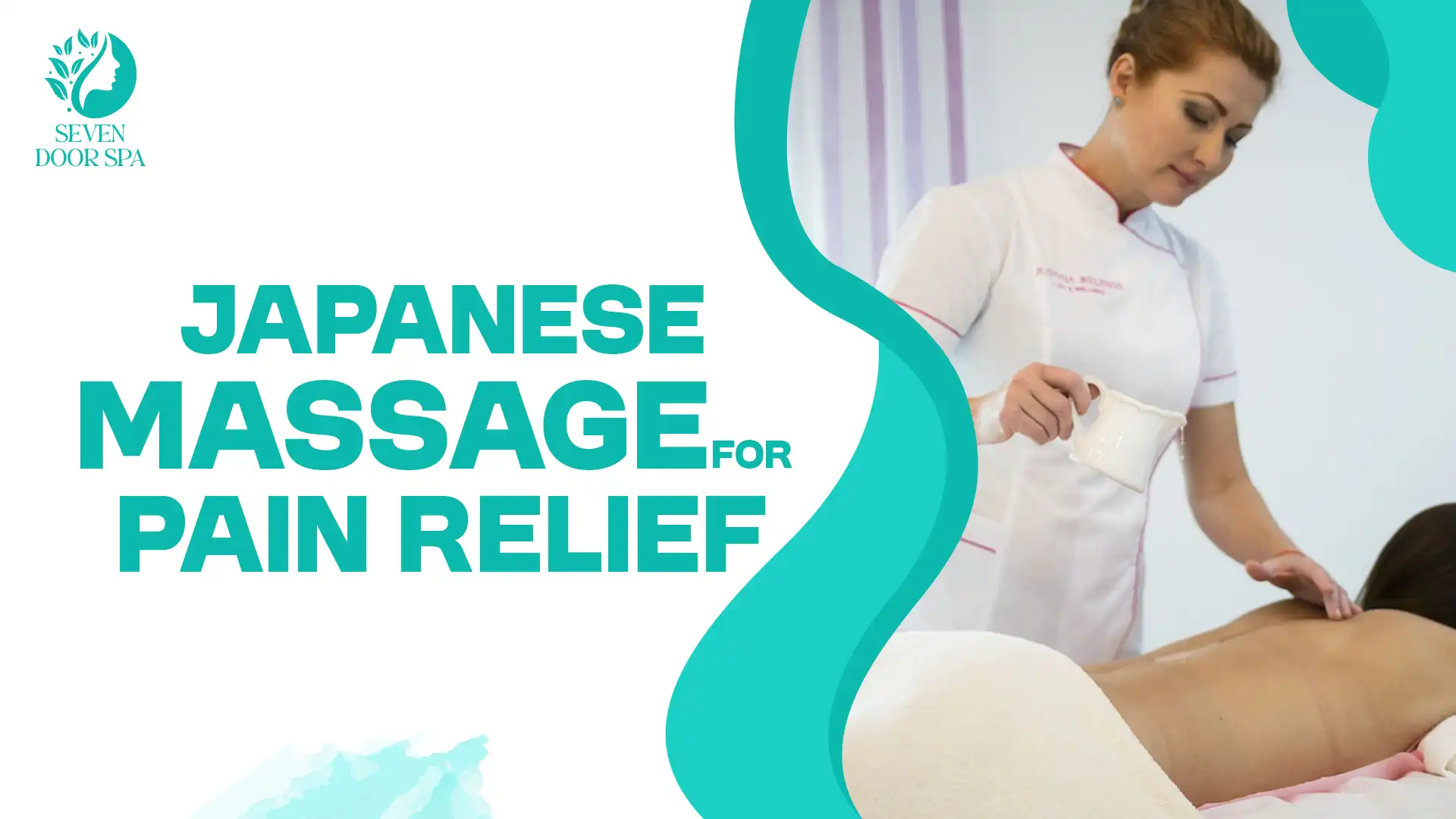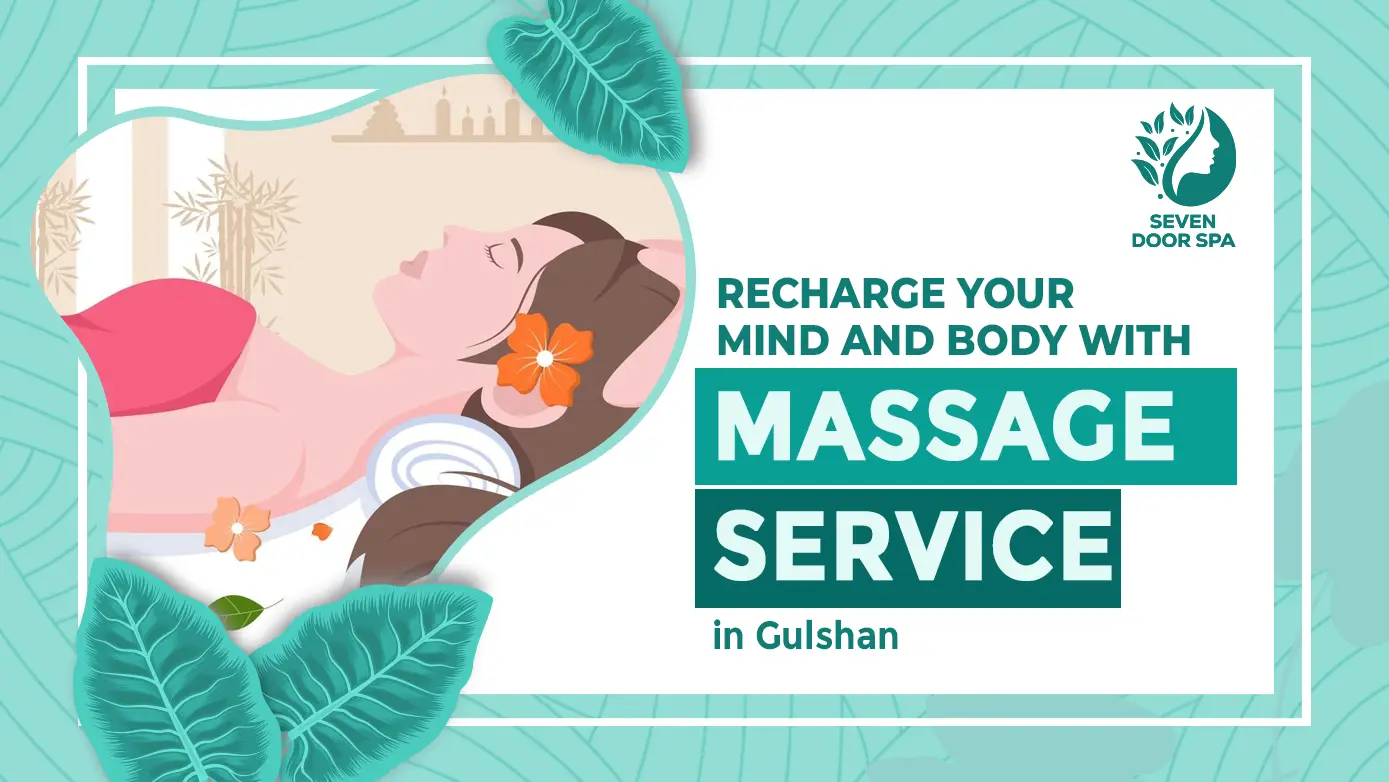What if you could reduce your chronic pain without pills, side effects, or surgery? Sounds good, right? Japanese massage for pain relief is making that idea a reality for many. This centuries-old technique uses finger pressure and mindful movements to activate the body’s healing mechanisms. Instead of numbing the pain, it addresses the underlying imbalances, offering natural, long-lasting relief.
In this guide, we’ll explore how Japanese massage works, the various techniques available, and why it’s gaining popularity as a holistic solution for pain management.
What Is Japanese Massage?
Japanese massage is a traditional therapeutic system rooted in centuries-old healing philosophies. It involves applying gentle to firm pressure on specific points along the body’s meridian lines, channels believed to carry the body’s life energy, or qi. This hands-on therapy not only relieves muscle tension and stimulates circulation but also restores energetic balance, supporting full-body wellness and natural recovery.
How Does Japanese Massage Relieve Pain?
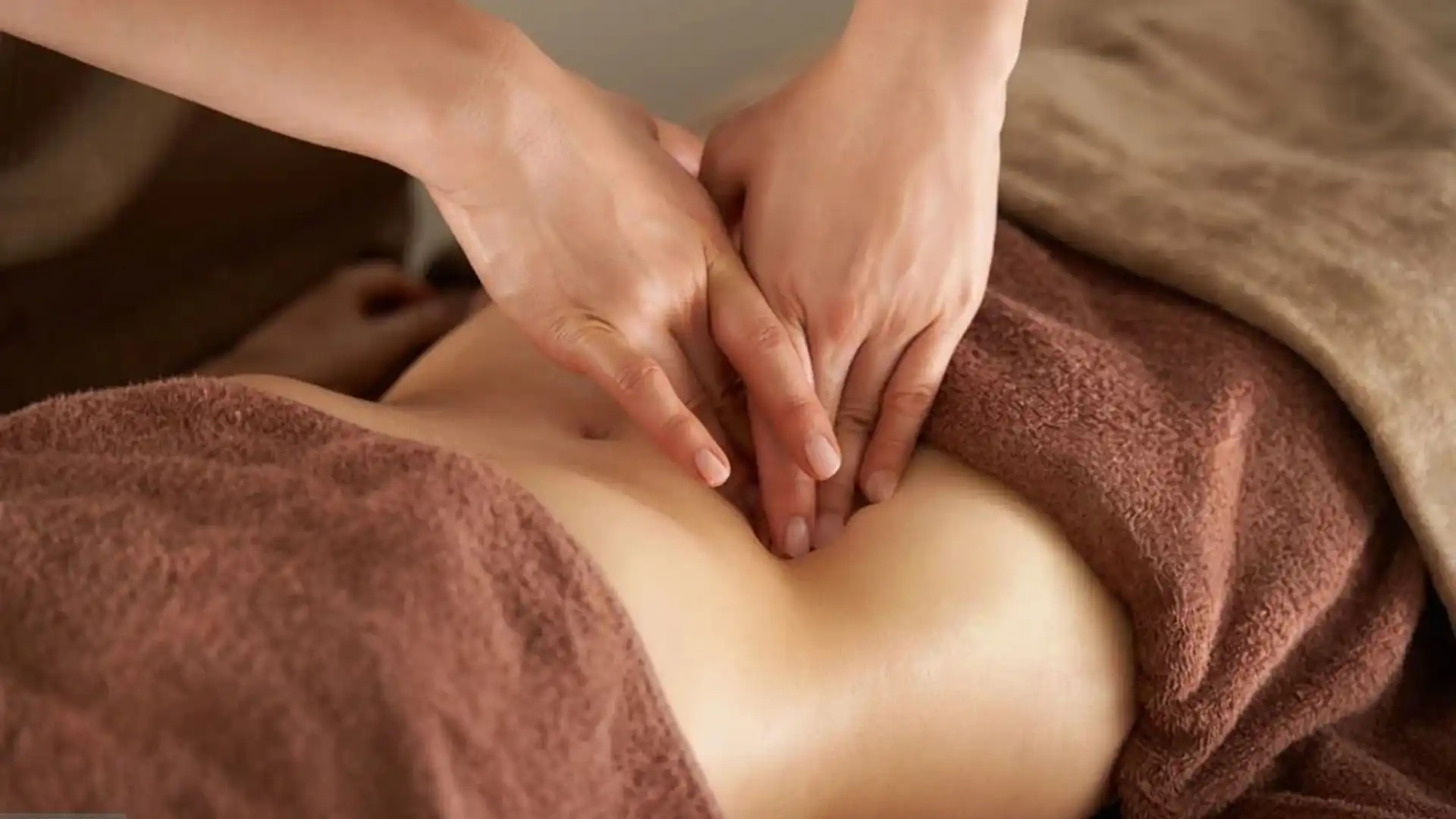
Many individuals turn to Japanese massage therapy after finding limited success with conventional pain relief methods. Techniques like Shiatsu and Anma offer physical, neurological, and emotional support, making them especially effective for managing both acute and chronic conditions.
Here is how Japanese massage helps relieve pain:
Stimulating Pressure Points
Techniques such as Shiatsu target acupressure points along meridian pathways. By applying rhythmic finger pressure, Japanese massage therapists help unblock energy flow and restore equilibrium, directly easing physical tension and pain.
Release of Endorphins
The application of pressure during a Japanese full-body massage stimulates the release of endorphins, the body’s natural painkillers. This biochemical response helps reduce pain perception and induces a sense of well-being.
Enhanced Circulation and Muscle Relaxation
Massage techniques, including Japanese oil massage, enhance blood flow and lymphatic drainage. Improved circulation delivers oxygen and nutrients to affected areas while flushing out waste, reducing inflammation and relaxing tight muscles.
Reducing Stress and Anxiety
Pain is often intensified by stress. Japanese massage for pain relief has a calming effect on the nervous system, encouraging relaxation and mental clarity, both essential components of holistic healing.
Most Popular Japanese Massage Techniques for Pain Relief
Each Japanese massage method is designed to target specific physical concerns. Below are the most commonly used techniques for pain management:
Shiatsu Massage
Shiatsu is a Japanese massage technique that uses rhythmic finger pressure on acupoints to rebalance energy. By stimulating meridian lines, it relieves chronic pain, reduces muscle tightness, and supports overall wellness through enhanced qi flow.
Anma Massage
Anma, the foundation of traditional Japanese bodywork, involves kneading, tapping, and rubbing techniques. As it improves circulation and relaxes deep muscles, this massage is excellent for reducing muscle stiffness, joint tension, and fatigue.
Seitai Therapy
Seitai is a structural alignment therapy focusing on body posture and skeletal balance. By realigning posture, seitai enhances mobility, relieves pressure on joints, and activates the body’s innate healing ability for long-term pain relief.
Tsubo Therapy
Tsubo therapy targets specific acupressure points known as “tsubos” to alleviate pain and rebalance energy. When these points are pressed correctly, they unblock qi, reduce tension, and amplify the effectiveness of other massage modalities.
Ampuku Massage
Ampuku is a lesser-known abdominal massage technique that promotes digestive health and internal organ balance. Through deep yet gentle strokes on the abdomen, it relieves gastrointestinal discomfort and supports holistic pain management from the core.
What Kind of Pain Can Japanese Massage Help With?
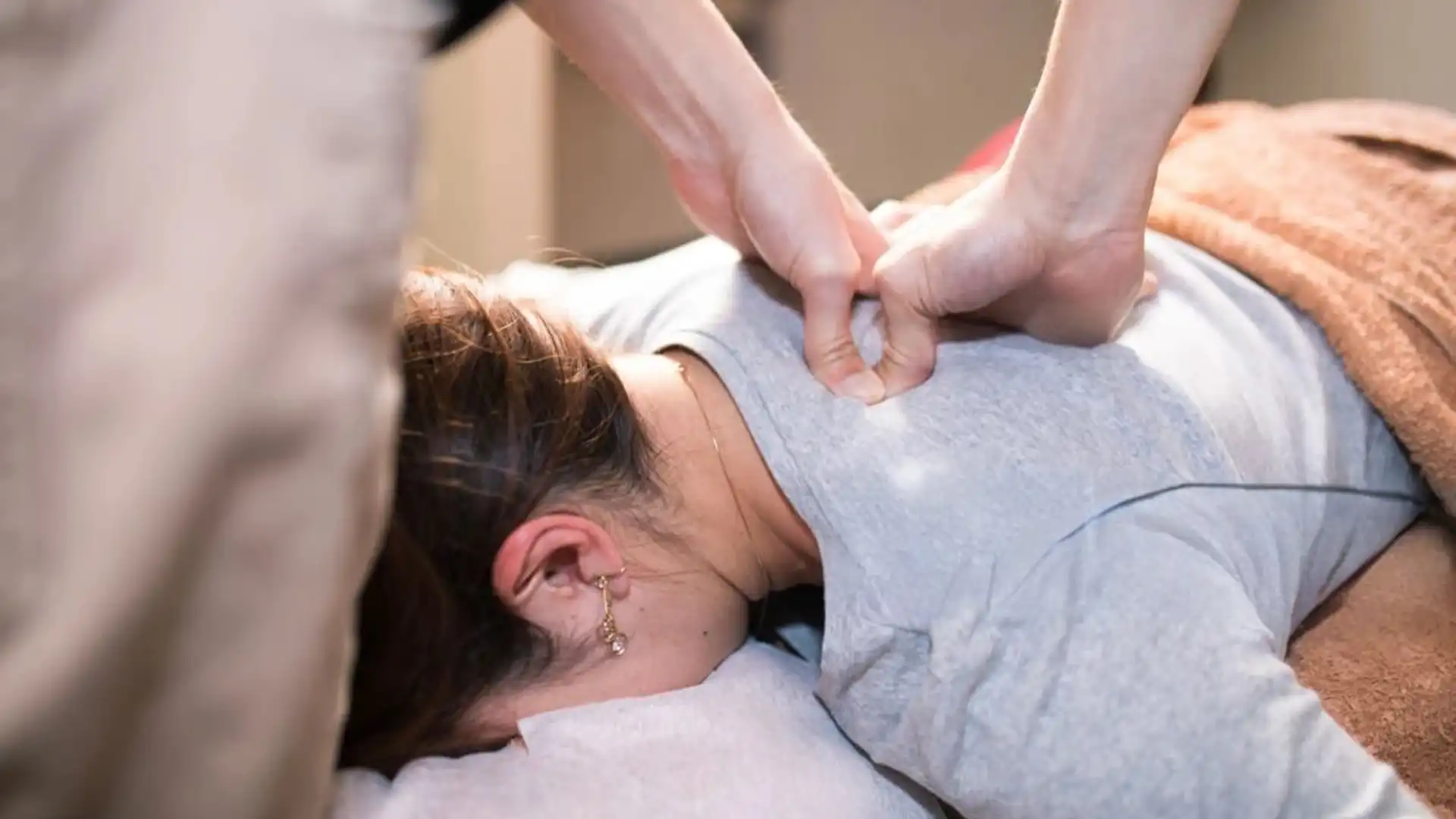
Japanese massage techniques provide natural relief for a wide range of discomforts. From chronic back pain and sciatica to migraines and stiff shoulders, these therapeutic massage therapies use acupressure and alignment techniques to ease tension and improve circulation.
Additionally, gentle manipulations can reduce arthritis-related joint pain and support better flexibility. Even menstrual cramps and digestive issues benefit from targeted abdominal massage.
By addressing both muscular and energetic imbalances, it delivers a comprehensive, non-invasive solution for long-term pain relief.
Japanese Massage vs Other Massage Therapies
Japanese massage therapy differs from other massage modalities through its deep-rooted focus on energy flow (qi), postural balance, and the stimulation of pressure points along meridian lines.
Unlike Western massage techniques, such as Swedish massage, which primarily aims to enhance circulation and ease surface muscle tension, or deep tissue massage, which targets deeper muscular layers to release chronic knots, Japanese methods like Shiatsu, Anma, and Seitai are designed to restore internal equilibrium.
Similarly, while Thai massage emphasizes assisted stretching and joint mobility, Japanese styles prioritize precise acupressure to encourage the body’s innate healing response. Each therapy has its place, but Japanese massage excels in uniting physical and energetic healing for lasting comfort.
Is Japanese Massage for Everyone?
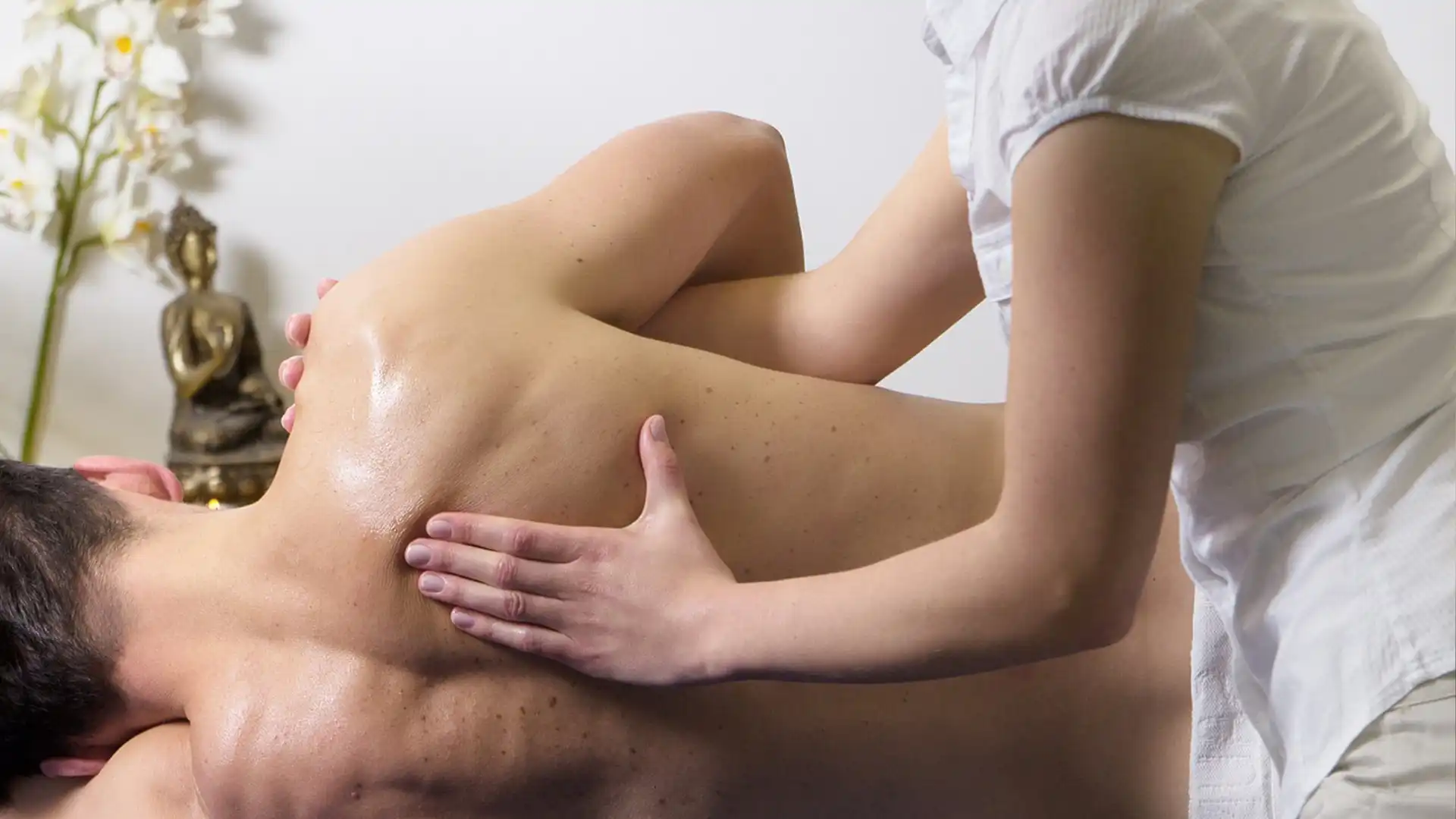
Generally, Japanese massage is safe for most individuals, particularly those seeking natural pain management. However, it’s important to consult a healthcare professional if you have severe osteoporosis, uncontrolled high blood pressure, recent injuries, or pregnancy (especially early or high risk).
Additionally, because Japanese massage works deeply with the body’s meridians and internal systems, transparency about your health history ensures the safest experience.
Final Thoughts
Now we’re at the end of our journey through Japanese massage for pain relief, and I hope it’s been as relaxing as the therapy itself! From muscle tension and joint issues to emotional stress, this therapeutic approach offers deep healing by reconnecting the body and mind. Whether you’re drawn to the energy-balancing powers of Shiatsu or the structural realignment of Seitai, Japanese massage encourages a lifestyle rooted in harmony and health.
So, if you’re ready to try something that listens to your body’s needs without pills or invasive treatments, Japanese massage may be your ideal solution.
Frequently Asked Questions
Is Japanese hot massage effective for chronic back pain?
Yes, techniques like Shiatsu and Seitai are especially effective for chronic back pain. They realign the spine, release tight muscles, and restore energy flow, offering long-term relief without medication.
What’s the difference between Shiatsu and Anma massage?
Shiatsu focuses on rhythmic finger pressure along energy lines (meridians), while Anma uses kneading, tapping, and rubbing techniques to stimulate circulation and relax deep muscles.
Does Japanese massage hurt during the session?
Japanese massage may involve firm pressure, but it should never be painful. Therapists adjust techniques based on your comfort level and sensitivity.
Can Japanese massage treat migraines or headaches?
Yes. By targeting the neck, shoulder, and pressure points, Japanese hot body massage can effectively relieve migraines and tension headaches naturally.
How often should I get a Japanese massage for pain relief?
For chronic pain, a weekly session is recommended initially. As symptoms improve, monthly maintenance sessions can help sustain long-term relief and balance.

